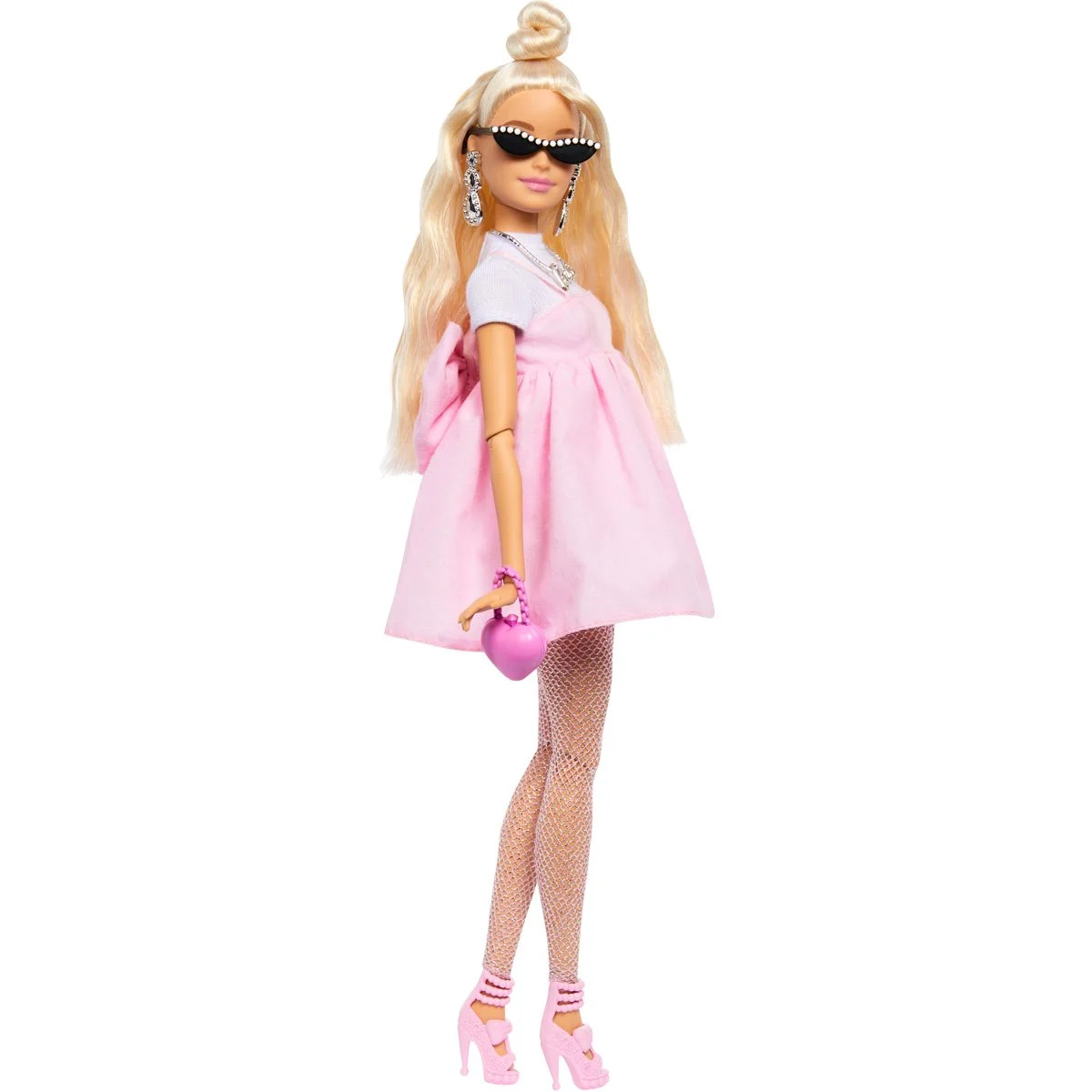The Timeless Charm of Barbie Dolls

Introduction: Barbie Dolls Through the Years
Since their iconic debut in 1959, Barbie dolls have captured the imaginations of children and collectors alike. From simple fashion play to sophisticated collector’s editions, Barbie dolls have evolved to mirror societal trends, cultural shifts, and the dreams of generations. What began as a blonde doll in a black-and-white swimsuit has grown into a global phenomenon that blends play, empowerment, and artistry.
The 1950s and 60s: A Bold New Toy
Barbie dolls were revolutionary from the start. Unlike the baby dolls that dominated the market, Barbie was a symbol of adulthood and aspiration. She wasn’t a child to care for—she was someone a child could grow up to be. With fashionable outfits and glamorous accessories, early Barbie dolls encouraged imaginative play rooted in independence and style.
During the 1960s, Barbie gained friends like Ken and Midge, expanded her wardrobe, and moved into her famous Dreamhouse. Her popularity soared as she became a fashion icon and a staple in toy chests around the world.
The 70s and 80s: Career Woman and Cultural Star
In the 1970s, Barbie dolls began to reflect broader societal changes. Barbie became more than just a model—she became a doctor, astronaut, pilot, and even a race car driver. These career dolls represented new possibilities for young girls and mirrored the growing presence of women in previously male-dominated professions.
By the 1980s, Barbie was a cultural force. She starred in her own movies, sported bold 80s fashion, and embraced the glam lifestyle. Barbie dolls were now not just toys, but representations of fantasy, ambition, and creative expression.
The 90s and Early 2000s: Diversity and Modernity
As the world changed, so did Barbie dolls. Mattel introduced dolls with a wider range of ethnicities, skin tones, and facial features, responding to growing calls for inclusivity. Children of various backgrounds could now see themselves in the Barbie universe.
This era also saw Barbie take on high-tech roles—computer engineer, video game designer, and robotics expert—keeping pace with the digital age. Barbie dolls began to encourage STEM learning and career exploration, making them both playful and purposeful.
Barbie as a Collector’s Icon
While Barbie dolls have always been popular among children, they’ve also gained a strong following among adult collectors. Vintage Barbie dolls from the 1960s are now considered valuable collectibles, and limited-edition versions are crafted with high-end materials and designer collaborations.
Collectors’ Barbie dolls often pay tribute to fashion designers, Hollywood stars, historical figures, or pop culture moments. With detailed costumes, unique packaging, and artistic styling, these dolls are appreciated as display-worthy treasures rather than toys.
Modern Barbie Dolls: Inclusion and Innovation
In the last decade, Barbie dolls have continued their journey toward greater inclusivity and realism. Dolls are now available in multiple body types—tall, petite, and curvy—as well as with various physical conditions, such as vitiligo, hearing aids, and prosthetic limbs. These updates allow Barbie to represent real-world diversity and help children build empathy and self-confidence.
Barbie dolls also exist in digital spaces. With interactive apps, online games, and streaming content, Barbie has embraced new technologies to remain relevant and inspiring in a digital-first world.
Conclusion: Barbie Dolls as a Reflection of Us
The evolution of Barbie dolls mirrors the evolution of society itself. What began as a fashionable toy has become a multi-generational icon of imagination, ambition, and inclusion. From the runway to the boardroom, from childhood dreams to adult collections, Barbie dolls continue to shape and reflect the world we live in.
As Barbie celebrates decades of innovation and influence, her legacy remains clear: she is not just a doll—she is a canvas for dreams and a symbol of empowerment that continues to inspire millions around the world.
Popular Articles

